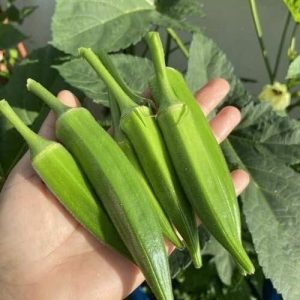Most people never stop to think that some of the foods they see in markets, gardens, or even their own kitchens carry the potential to cause serious harm or even death when handled incorrectly.
Yet around the world, millions rely on ingredients that must be prepared with great care, often because tradition, necessity, or geography has woven these foods deeply into cultural diets. This creates a fascinating contrast: everyday staples in one region might be viewed as dangerous curiosities in another. The most striking example is cassava, often described as one of the “deadliest foods on Earth” because of the toxic compounds it contains when raw. Despite this, more than half a billion people consume it regularly.
The danger is real—cassava can release cyanide if not treated properly—but so is the dependence. In many communities, especially throughout South America, Africa, and parts of Asia, cassava is a cornerstone of survival. Entire generations have learned the careful steps required to transform it from a potentially lethal root into something nourishing and safe.





